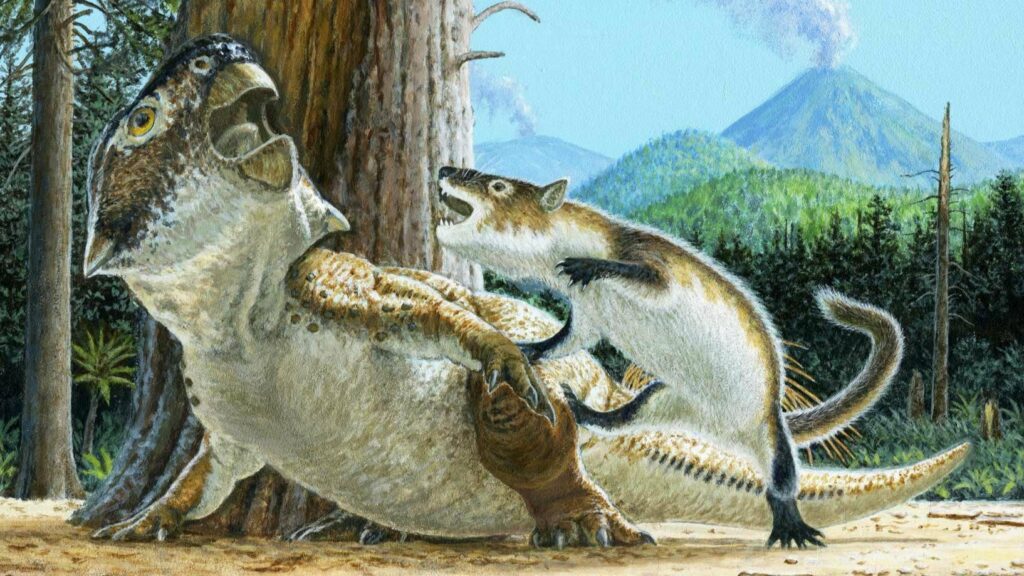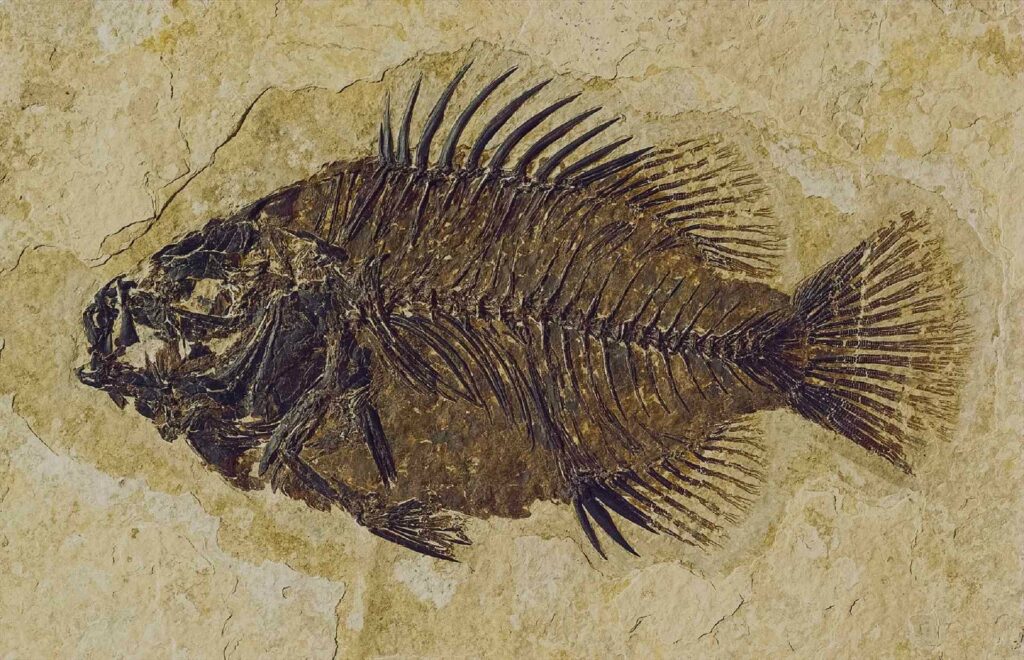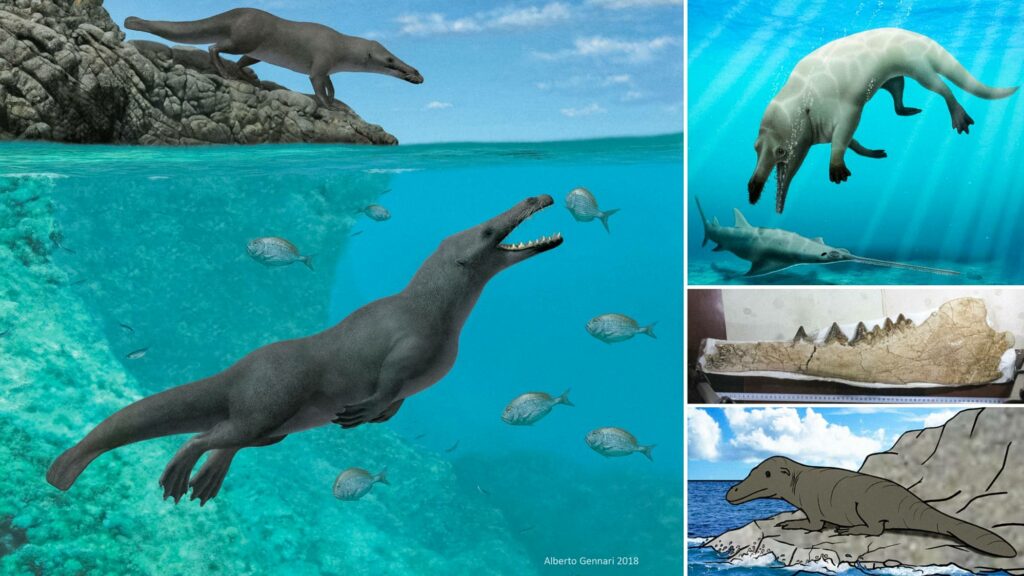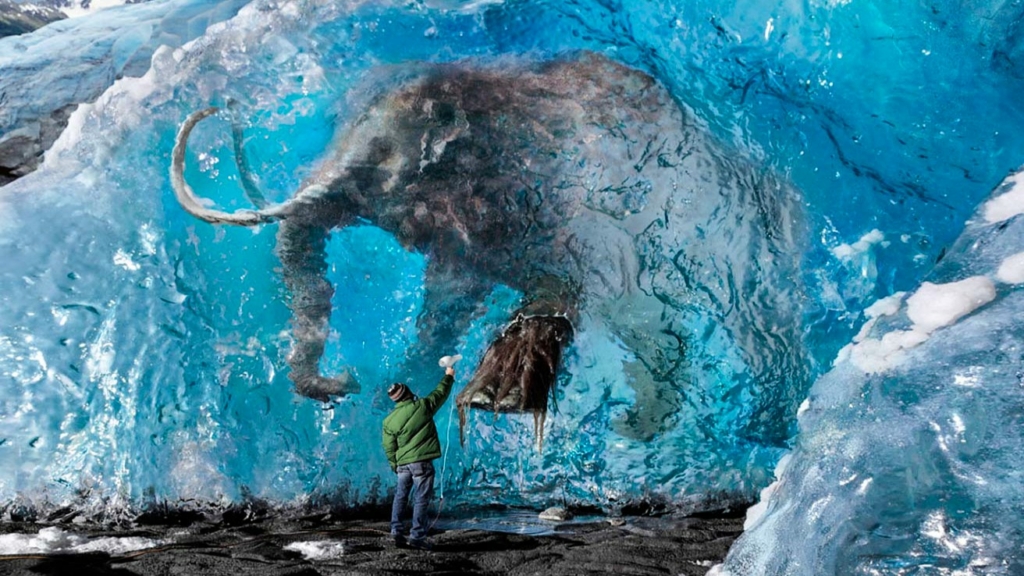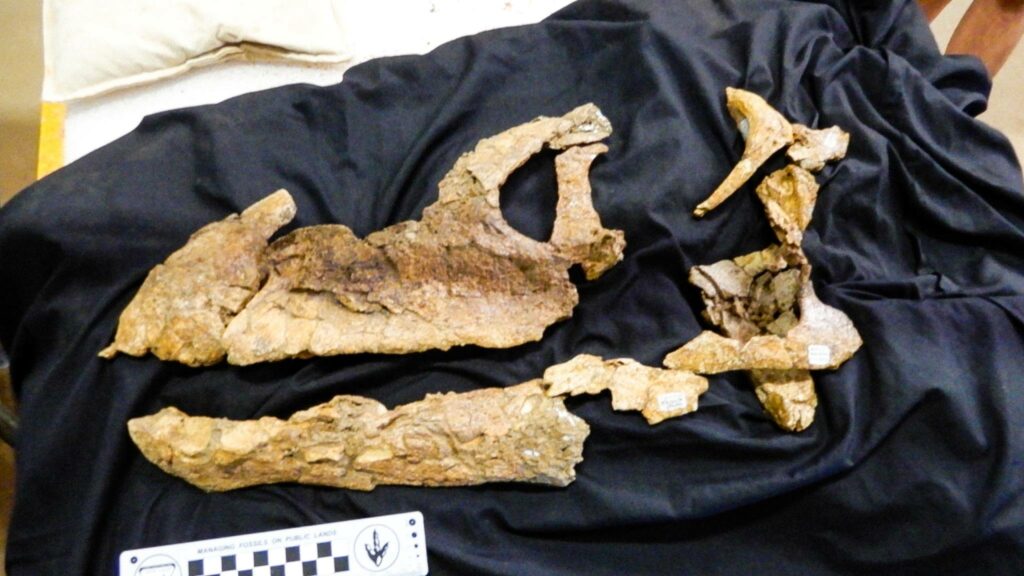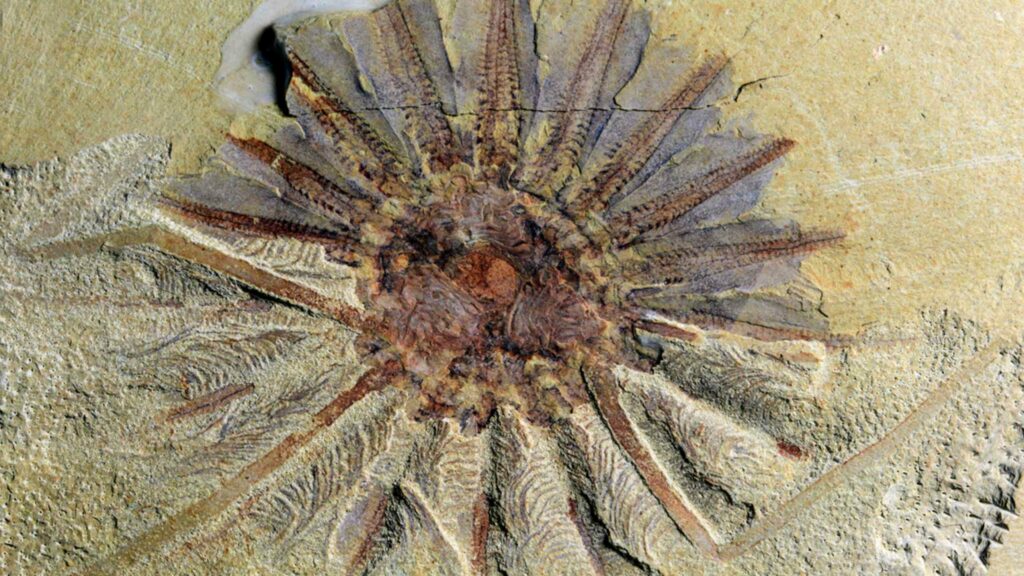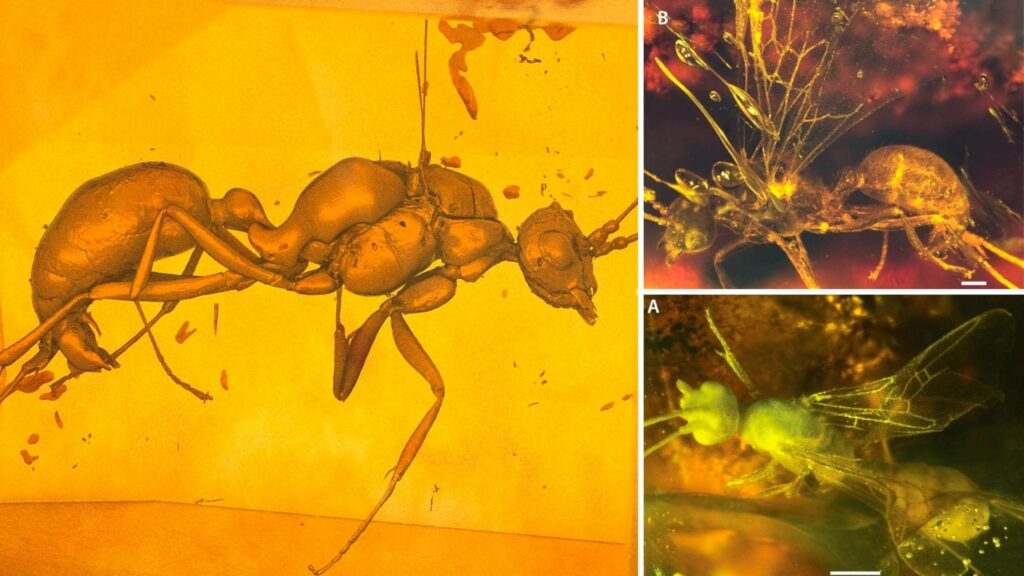
Scientists discover new extinct ant species encased in amber
Scientists discover new extinct ant species encased in amber.

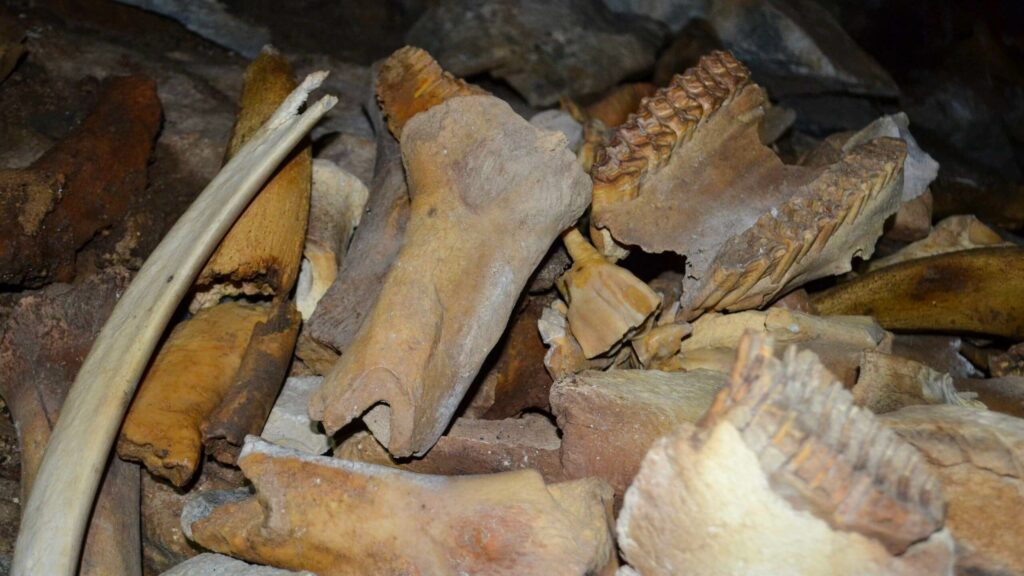
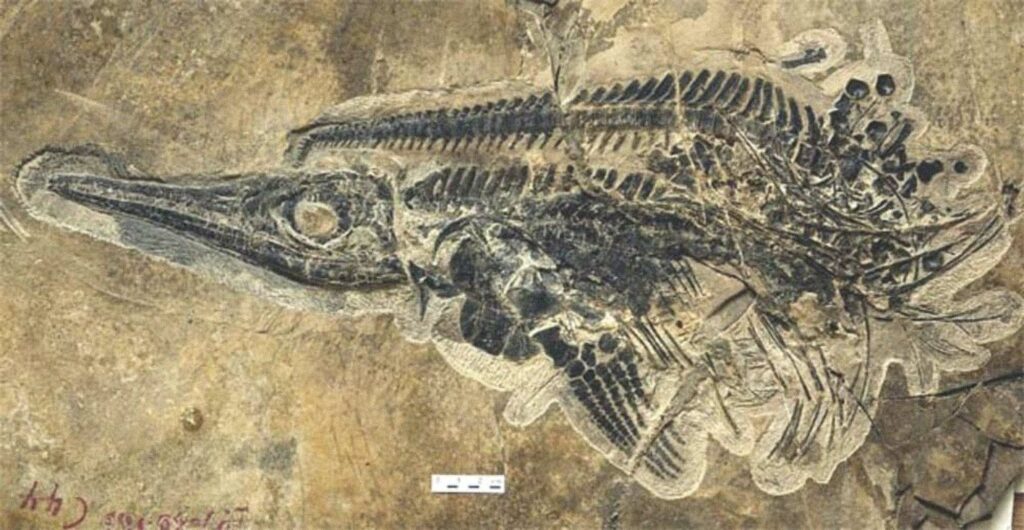

To this date, our modern science generally accepted that the “proboscis – a long, tongue-like mouthpiece used by today’s moths and butterflies” to reach the nectar inside floral tubes, actually…
